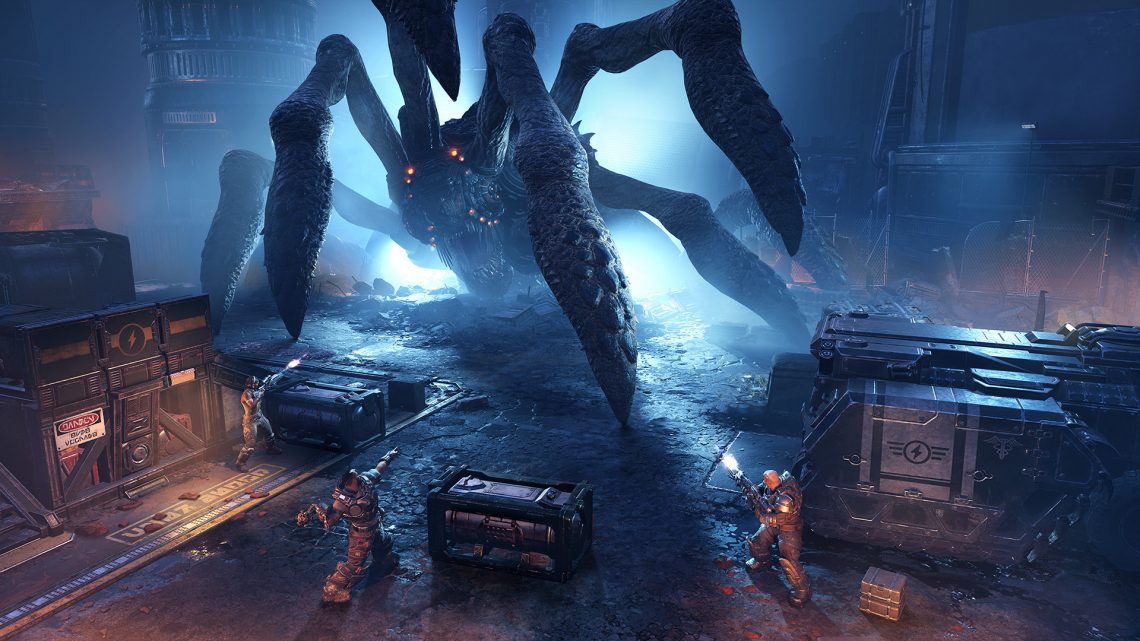
‘Gears Tactics’ Is a Bloody, Rapid-Fire Reinvention of XCOM
April 22, 2020One of the most durable and oft-replicated parts of XCOM’s design is its stingy allotment of actions. Every choice from the moment your turn begins requires careful consideration. Which unit should complete its move first? Should my sniper take this 50/50 kill-shot, or move to high ground for better odds next turn? Inflexible rules demand flexible thinking, and these stark trade-offs have become the defining attribute of modern turn-based tactics games. With Gears Tactics, they’re the first against the wall.
It’s not hard to imagine what Gears Tactics might be like. What is a cover shooter, after all, if not a game about setting up one tactically favorable position after another? Designers describe Gears combat as horizontal platforming, infantry manuals talk about fire and maneuver, but it all amounts to the same idea. Gears Tactics wants to translate all that to a turn-based tactical game without sacrificing the fast pace and sense of ultra-empowerment that controlling Gears heroes provides. With three actions per character per turn, with complete freedom to split those actions up so that characters’ moves overlap and complement each other, a lot of the familiar dilemmas of modern tactics games simply do not exist in Gears Tactics.
“Constraints in a certain degree, in a certain context, absolutely create challenge," Tyler Bielman, publishing design director at The Coalition, said during a teleconference interview. "But I can create challenge in myriad ways! In Gears Tactics specifically, we serve up a lot of enemies. We are bringing the heat every encounter, and our board state is very fluid. ...Every turn is a new challenge for the player to bring their considerable toolset to bear against that.”
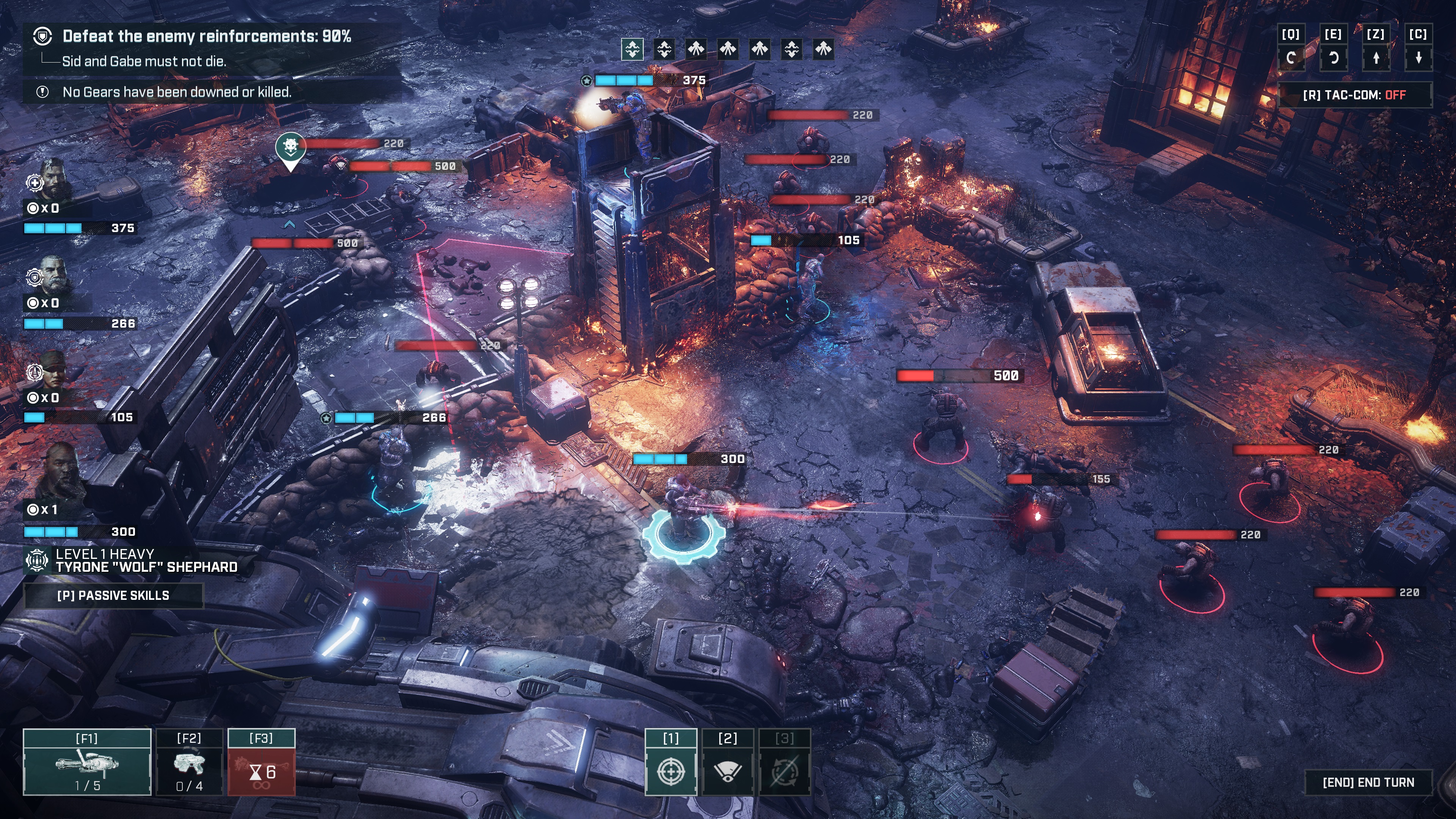
This is one of most striking aspects of Gears Tactics. It is a game that frequently threatens to overwhelm you. Even though you can have your four-person squad use each of their three action points one-at-a-time, and blaze away with all your weapons with every one of those actions if you want, you’re still up against the math of a Zerg rush. The first time someone runs out of ammo at the wrong moment, or fails to bring down their target, your squad can swing from near-invincibility to being in danger of a spiraling disaster.
This risk is heightened by the design of the enemies, who are all familiar from the Gears games, but whose function is exaggerated by the design of Gears Tactics.
“Very early on, when we were discussing: how do enemies work in Gears of War, that was our fundamental inspiration.” Bielman explains that Gears Tactics enemies fit the same rough archetypes they do in the shooters. There are “flushers” who drive you out of cover, and “pinners” who trap you in position. There are also “rushers” who pack a devastating punch if they manage to get within range.
“We looked at every tactics game for inspiration, but really the combat core of this is Gears of War. It’s just interpreted differently. A lot people who have played it tell us, ‘It feels like Gears’ but they can’t tell us why. But it’s because the combat center of this is Gears of War. That’s really what we translated into a turn based tactics game.”
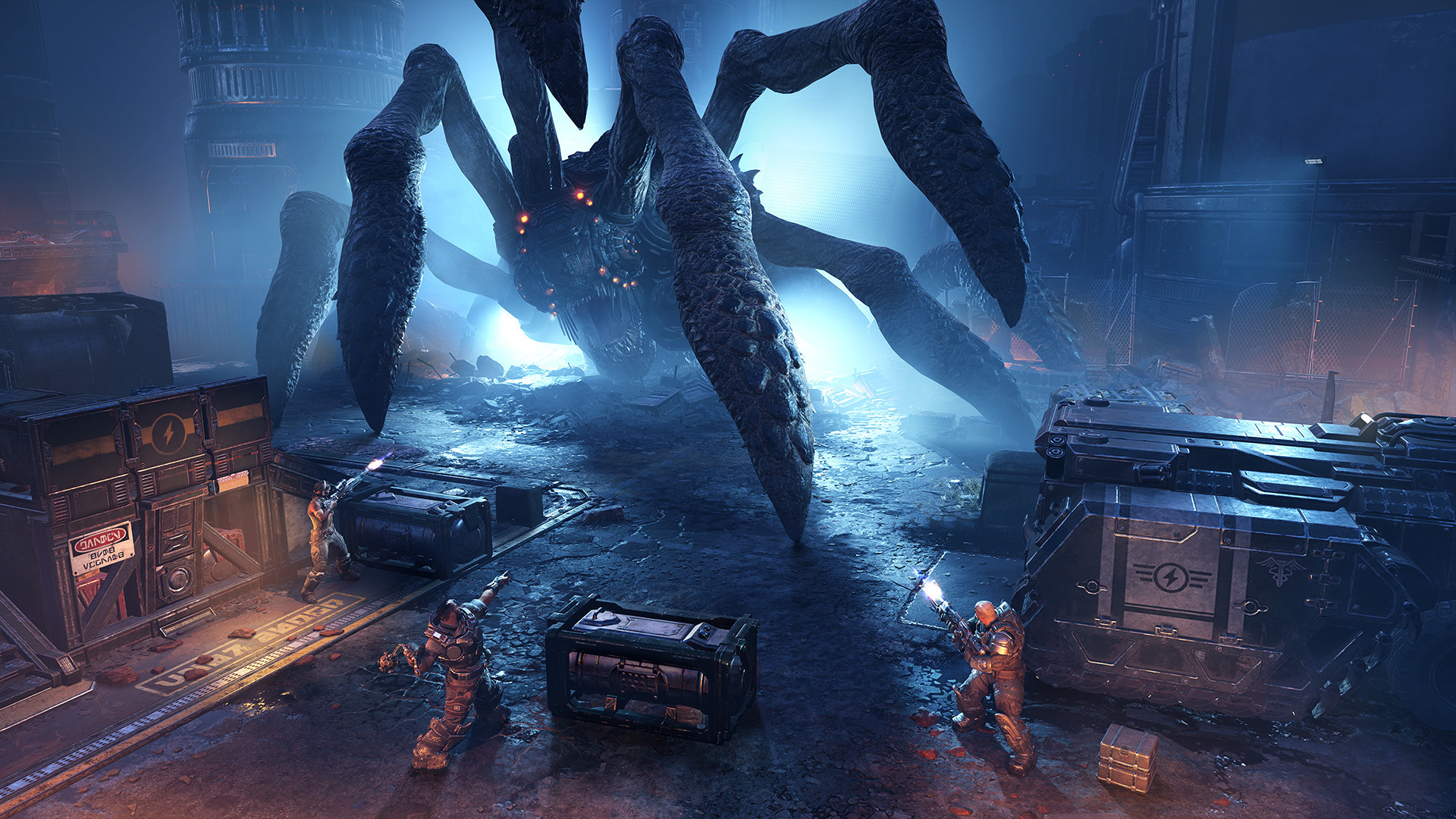
That also means that Gears Tactics will feature boss battles, in which your squad is locked into multi-stage brawls with enormous monsters. Boss battles are hard enough to get right in action games, but in tactics games they’re even trickier. Boss design tends to revolve around extreme strengths and vulnerabilities, which forces players to master a procedure in order to beat them. That can be your bag (or not) in action games, but it’s tricky to make that feel good in tactics games because boss battles can feel so rigidly prescriptive compared to the more creative problem-solving that characterizes tactics games at their best.
Bielman admits upfront that the Gears Tactics team was skeptical of the idea as well. While they always wanted to make a tactics game that included just about everything you’re recognize and expect from a Gears game, bosses presented a lot of problems. Even getting the camera right with the scale of the monsters proved tricky. But the biggest issue was one of maneuver.
“Our boss fights are stationary in an arena, unlike the rest of the game where you are moving across a map toward objectives, and you are pushing and pushing. We had to make sure the arena worked, and then we had to figure out how to create the right kind of enemy spawns into the arena that create our special sauce of the boss fight, which is a plate-spinning exercise.”
Gears Tactics boss fights sounds like they follow raid logic. Bosses fight according to clear patterns those patterns create windows of vulnerability. But dealing with fresh spawns of enemies will force squads to deal with crowd-control as well as the boss, and maneuver is usually complicated by area-of-effect attacks that will flush units into and out of positions. That all sounds well and good, but again, I do wonder how much fun it will be to replay those boss fights during later playthroughs, on higher difficulties.
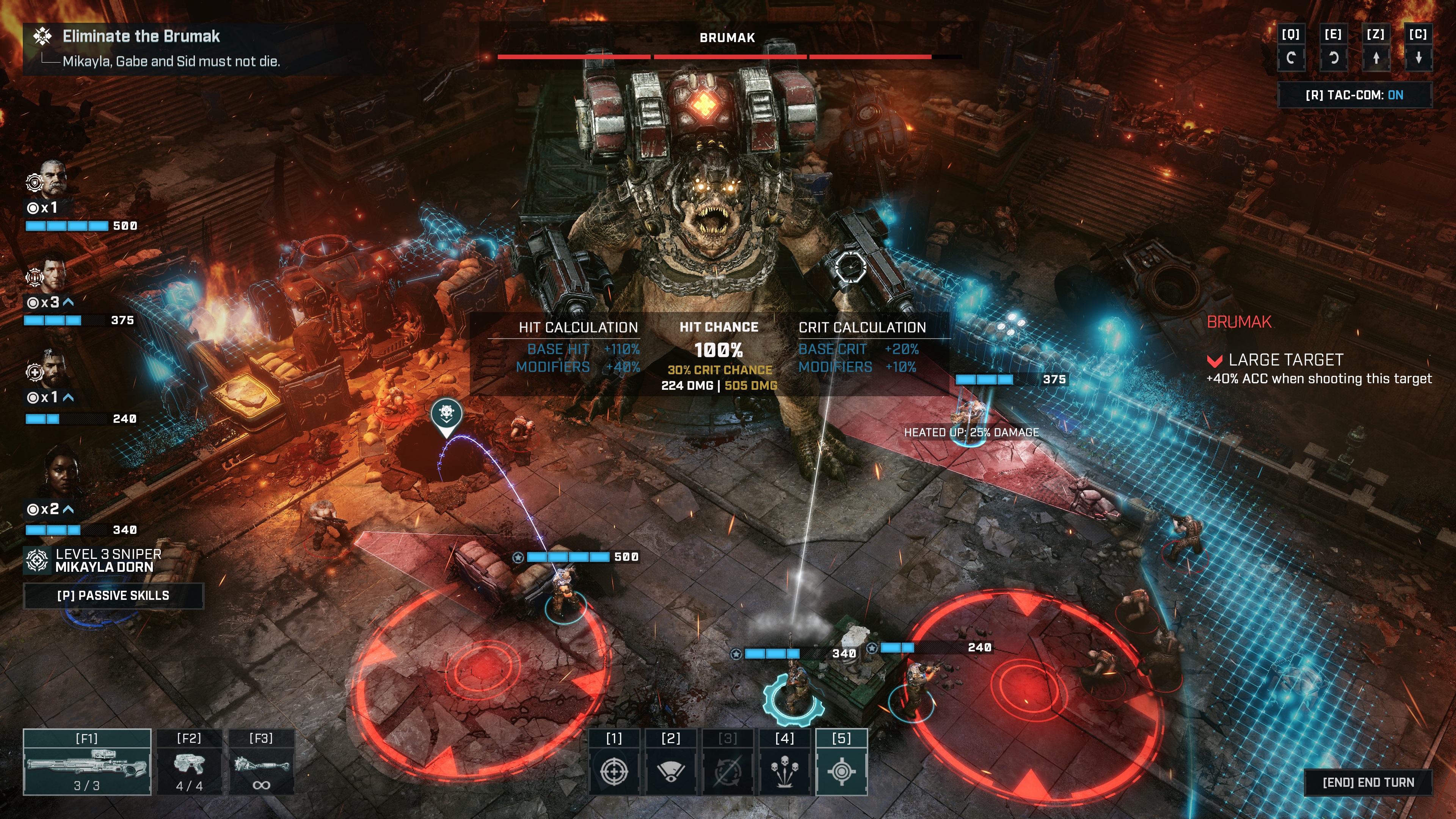
One of the other striking departures from a lot of turn-based tactics games is the way Gears Tactics stays away from clear square or hexagonal grids. If you have a character moving in the open, you’ll find the options for where they can position themselves are surprisingly granular. Now a lot of this freedom of movement is mooted in practice by the fact that, just like in Gears games, cover is where most of the action plays out, and it is similarly “sticky” in Gears (including the fact that units can exceed their movement a bit to “slide” into cover).
Still, coarse grids would seem to reduce the number of positions that an AI has to assess. Bielman points out, however, that the original Gears games already produced a lot of AI trees for maps like this, and while the AI programmers on Tactics had to do a lot to recreate those for the game and adapt them to a turn-based framework, there was nevertheless a pretty detailed template to work from.
But Bielman is also quick to point out that the way Gears uses cover has a way of simplifying the map in terms of positioning.
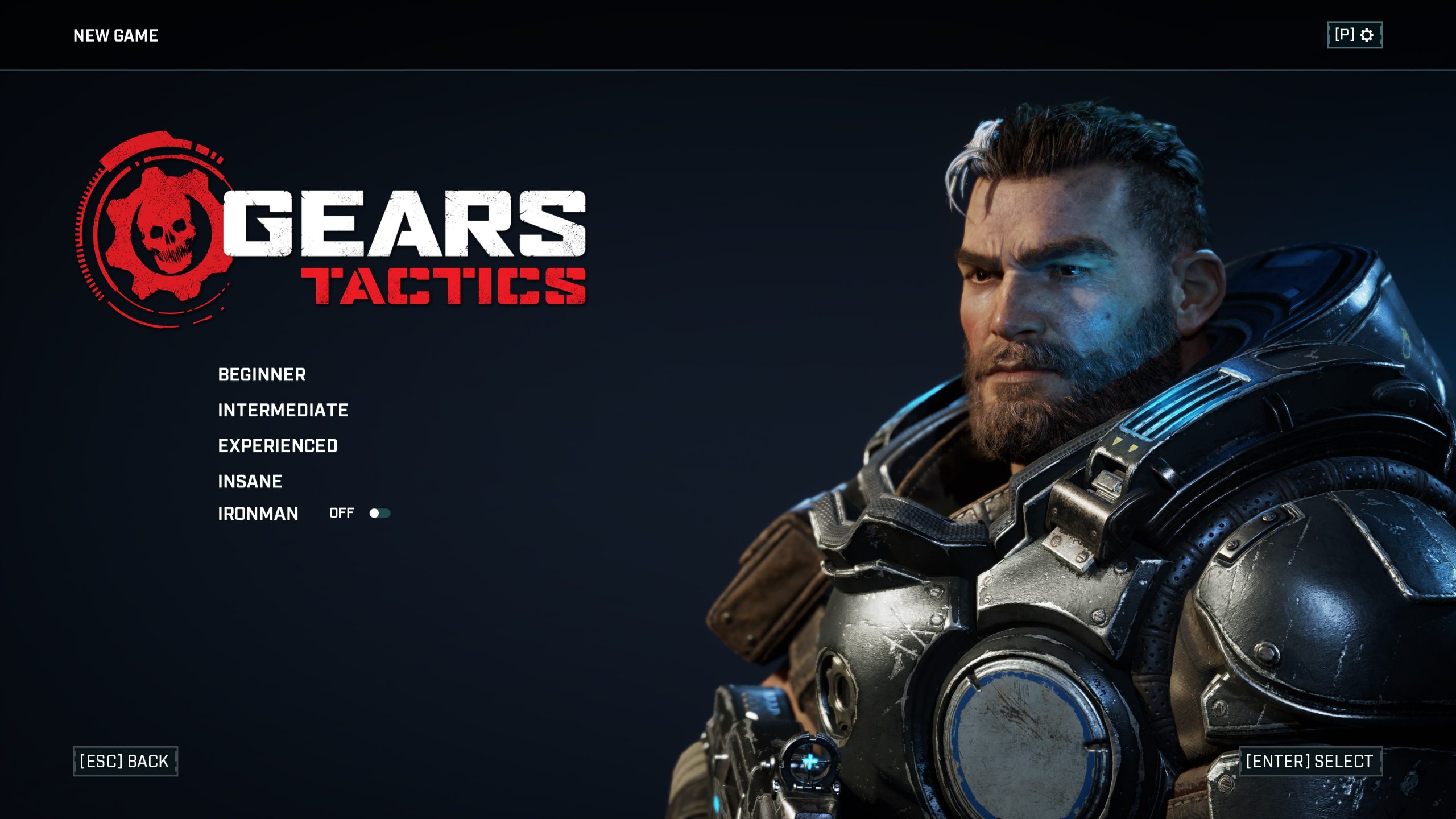
“The reason we were able to get away from the grid is because of the way we think about cover. In a lot of games, it’s like, ‘Oh you have a defensive advantage if you’re behind cover.’ In Gears, cover is an entirely different animal. In Gears it is how you move through the world, it is how you create lanes, it is how you flank, it is everything. So we knew that if we could get cover right, you can think about it like: the cover creates its own grid squares, they’re just massive. And as long as you are moving through the world in a way that you’re moving through cover, then anything lines up.”
Gears Tactics is familiar in another way: it’s very much a game of momentum. A lot of character abilities grant free actions to themselves or another character. Enemies who are “downed” but not killed are vulnerable to the familiar, brutal Gears execution, but here each execution grants a free action to every other character in the squad. In one mission I played, I ended up traversing a long, heavily-defended chokepoint in a single turn because my sniper downed a series of enemies with her three shots, then other squads executed those characters and generated three move actions for the entire squad with each execution. Suddenly my initial slate of 12 actions turned into 27 via a series of “downings” and executions, plus some extra actions thanks to commander and character abilities. By the time my turn had ended, I’d obliterated an entire Locust strong point and was halfway through another. To be quite honest, it felt awesome. But also maybe cheesy as hell, like this might be game that can occasionally unravel if you tug at the synergies in just the right way.
Bielman admits, “It’s not easy to balance a game like this. I keep ringing the same bell but: when you have a concrete understanding of the combat nucleus and you understand how enemy roles disrupt the player unit roles, you can ratchet up the threat with just a few knobs.” Chief among those knobs is enemy lethality. The major difference between difficulty modes, Bielman says, is how deadly your enemies are. The game can also select easier or tougher enemy squad-types to spawn in, but the main driver of difficulty is going to be how hard the enemies hit when they get a good shot.
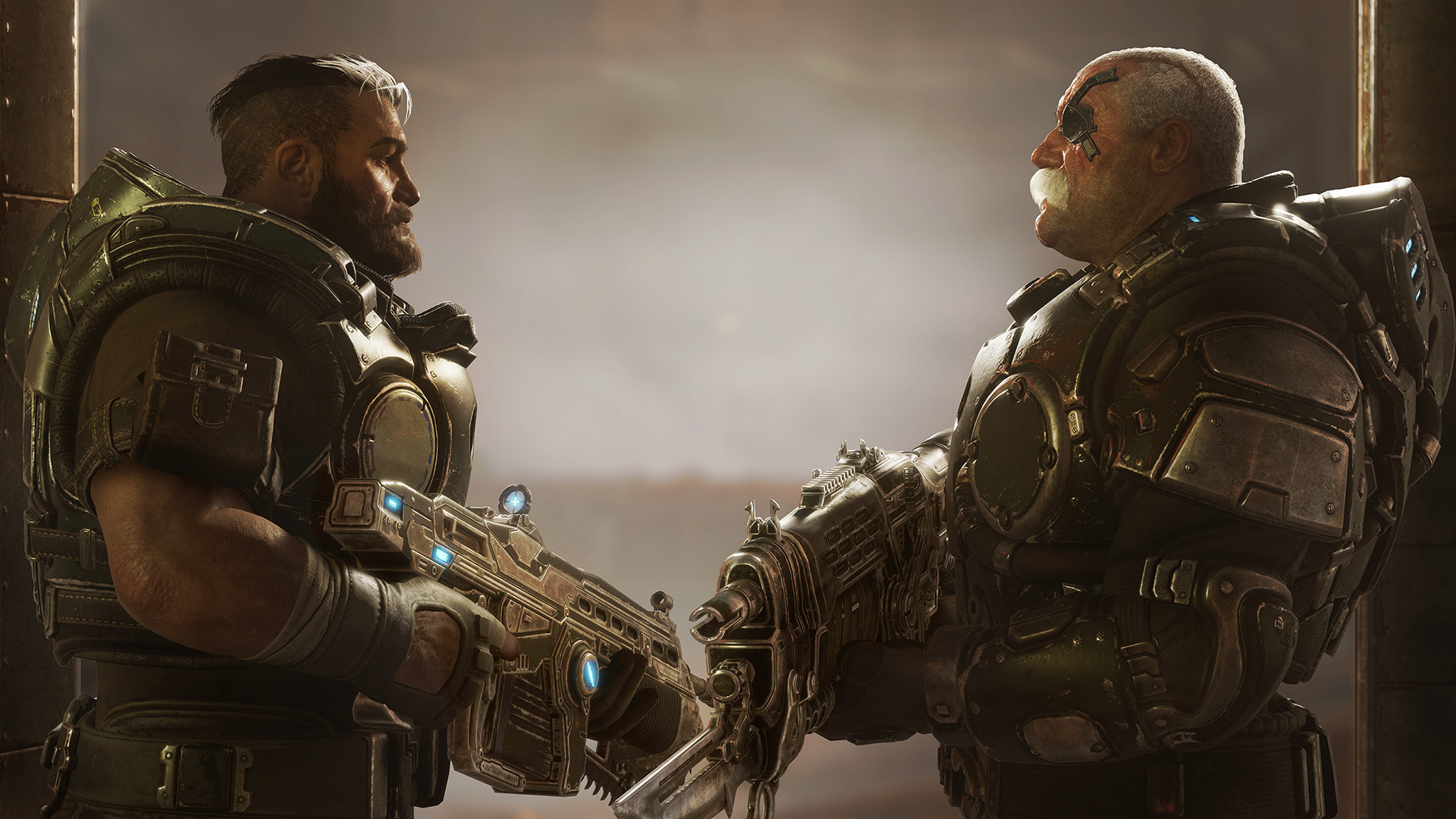
The balance issue is probably simplified because unlike, say, XCOM 2, Gears Tactics is a scripted campaign. The hero units who serve as the story’s main characters have to survive each mission, so you can’t end up in a situation where you need high-level soldiers and all you have is a slate of rookies. Each mission is a set scenario, not a procedurally generated battlefield and enemy roster.
That lack of open-ended possibility might limit Gears Tactics’ ability to challenge games like BattleTech or XCOM, but this game has different objectives. Fundamentally, it’s a Gears war story of a disillusioned COG officer, Gabe Diaz, who has been summoned back to service for “one last mission” by a government he despises.
“For us, if you look at the Gears hero stories, they are caught between two enemies: the Locust (the nightmares) and the government: the institutions," Bielman said. "They’re heroes stuck in a bad situation between these two enemies. Gabe is caught between a Locust mastermind who could accelerate humanity’s destruction, and a leadership system that does not have his back.”


